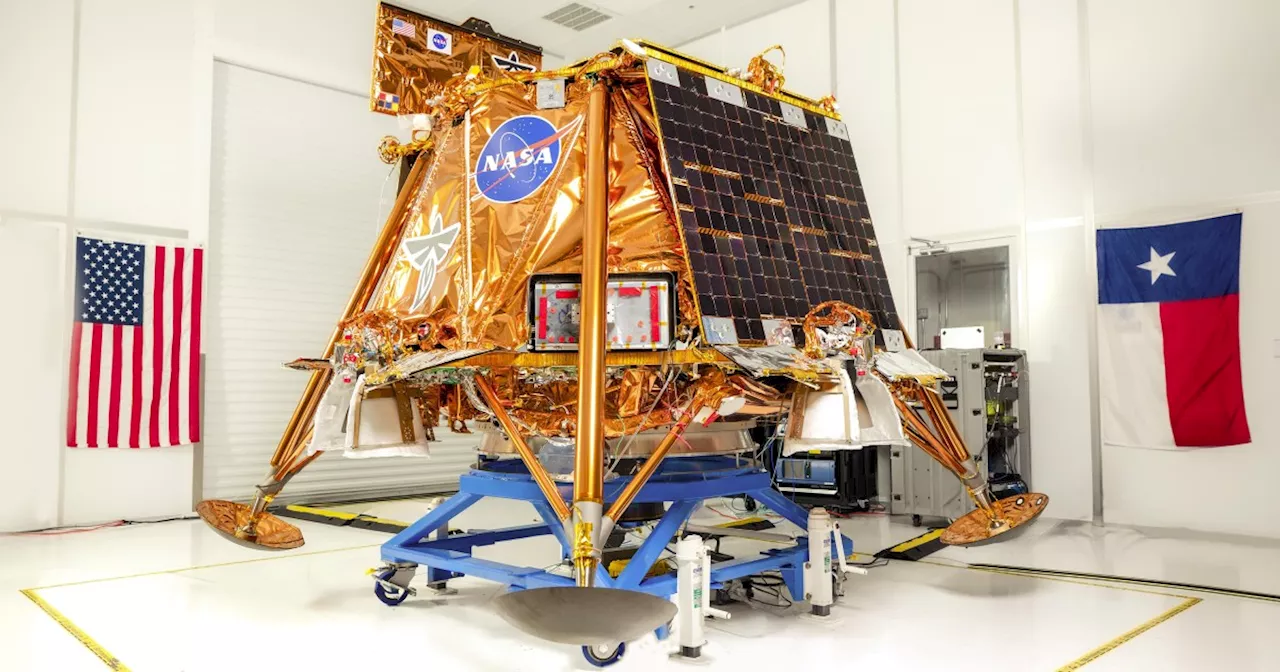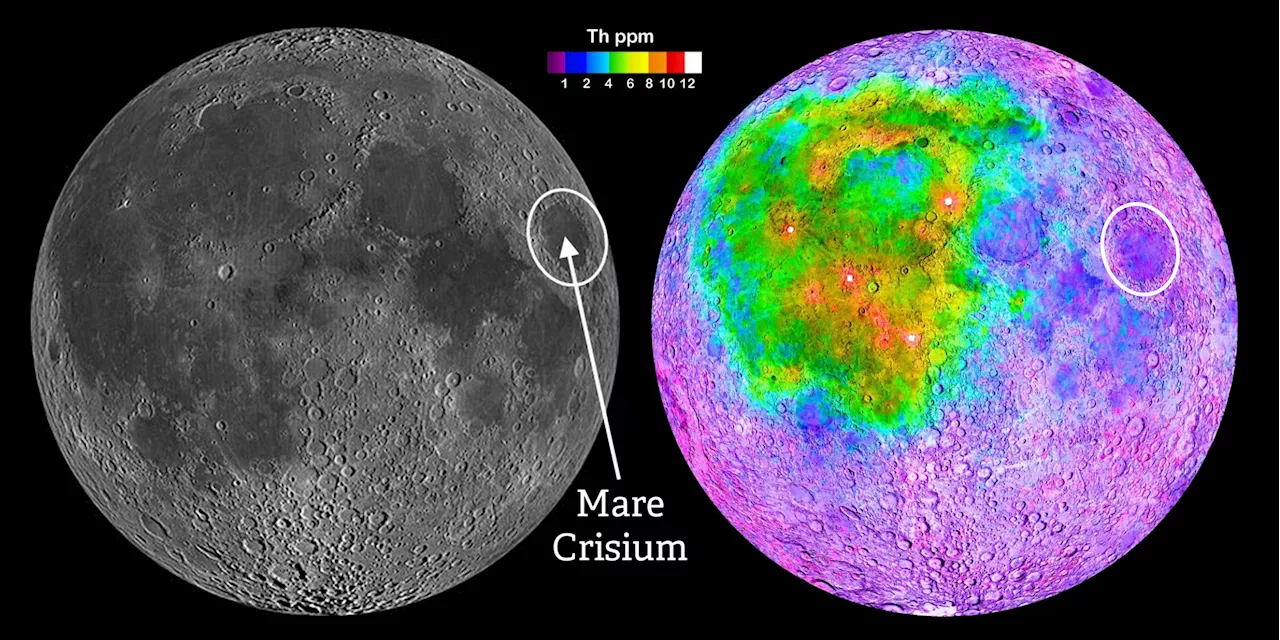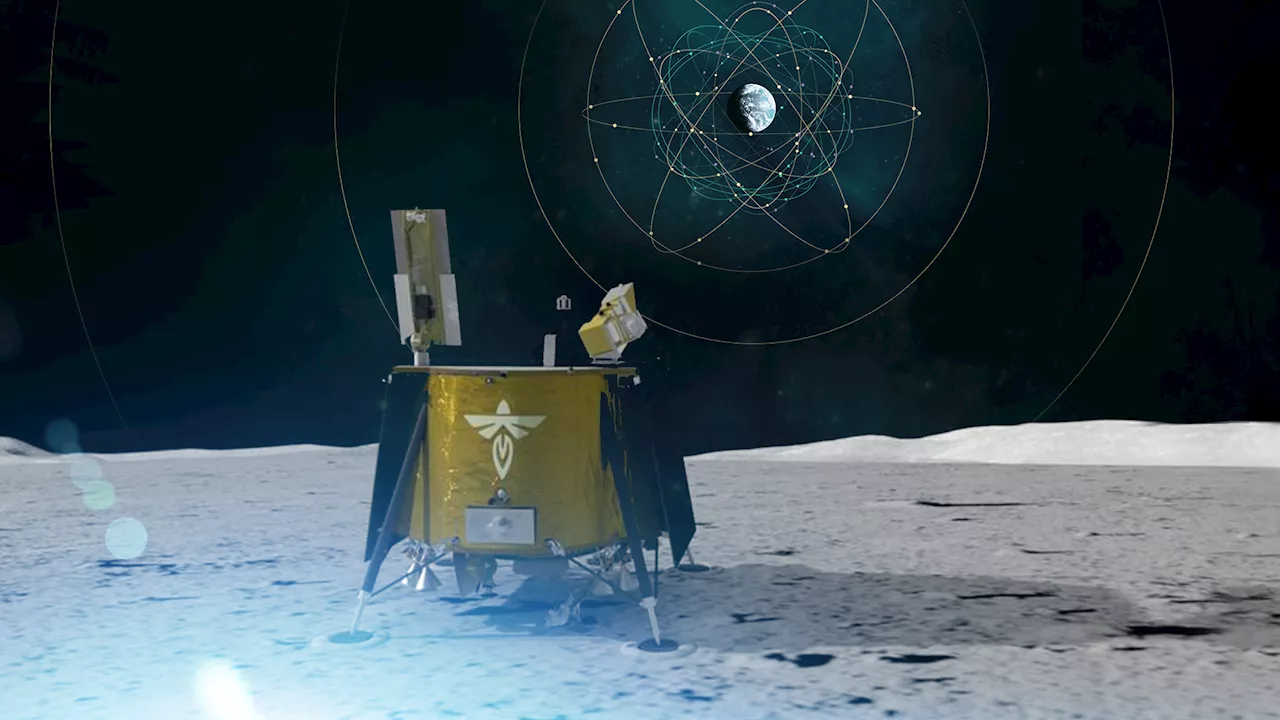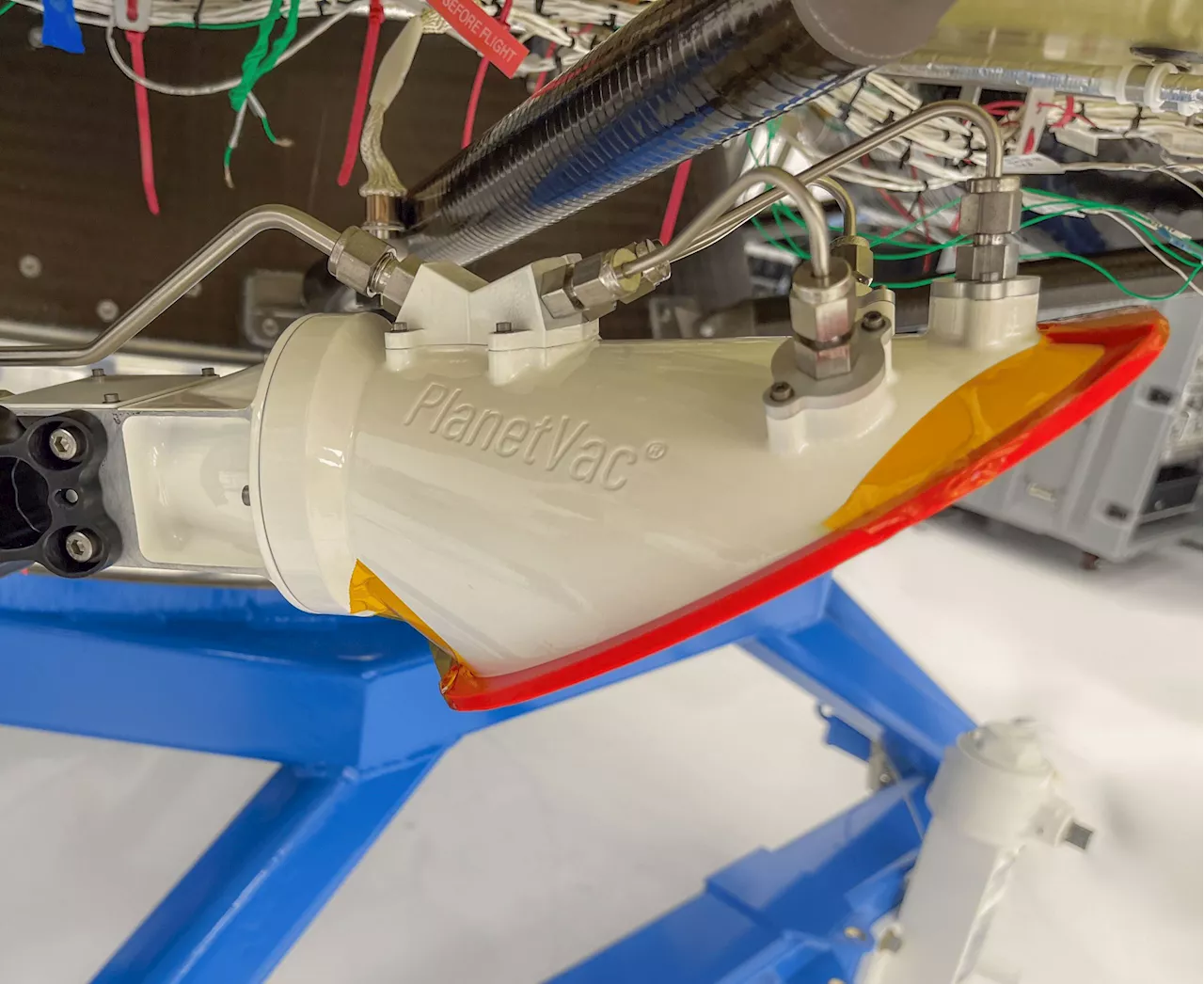NASA is developing a novel technology called the Lunar Planet Vac (LPV) to collect lunar regolith for scientific research and resource utilization. The LPV functions like a vacuum cleaner, using compressed gas to stir up the regolith and transfer it to sample containers.
By the end of this decade, NASA, the Chinese National Space Agency (CNSA), Roscosmos, and other space agencies plan to establish a sustained human presence on the Moon. A crucial aspect of these plans is using local resources (particularly water) to lessen dependence on Earth, a process known as ISRU . Hence why NASA plans to establish a base of operations around the lunar south pole, a heavily cratered region where water ice exists in abundance in permanently shadowed regions (PSRs).
To harvest water ice and other resources successfully, NASA is investing in technologies that will enable cost-effective sample collection, in-situ testing (with or without astronaut oversight), and real-time data transmission to Earth. One such technology is the LPV, a sample acquisition and delivery system designed to collect and transfer lunar regolith to sample containers without reliance on gravity. The LPV is one of 10 payloads that will be flown to the lunar surface as part of NASA’s company. LPV is a pneumatic, compressed gas-powered vacuum cleaner designed to work in low gravity and the near vacuum of space. Once the lander reaches the lunar surface, the LPV sampling head will use its supply of compressed gas to stir up the lunar regolith, which will then be funneled into a transfer tube via the payload’s secondary pneumatic jets and collected in a sample container. The regolith will then be sieved and photographed inside the container, and the findings will be transmitted back to Earth in real-time. The operation will be entirely autonomous and is expected to take just a few seconds. NASA also claims the operation will be conducted in accordance with protocols. According to Dennis Harris, who manages the LPV payload for the CLPS initiative at NASA’s Marshall Space Flight Center, the LPV has the potential to be a game changer. As he stated in a recent NASA “There’s no digging, no mechanical arm to wear out requiring servicing or replacement – it functions like a vacuum cleaner. The technology on this CLPS payload could benefit the search for water, helium, and other resources and provide a clearer picture of materials available to NASA and its partners for fabricating lunar habitats and launch pads, expanding scientific knowledge and the practical exploration of the solar system every step of the way.”) no sooner than January 15th. The other payloads include technology demonstrations that will investigate regolith adherence, Global Navigation Satellite System (GNSS) abilities, radiation tolerant computing, and dust mitigation using electrodynamic fields. The lander will also investigate heat flow from the lunar interior, plume-surface interactions, crustal electric and magnetic fields, and take X-ray images of the Earth’s magnetosphere
LUNAR EXPLORATION ISRU LPV SAMPLE COLLECTION TECHNOLOGY DEMONSTRATION
United States Latest News, United States Headlines
Similar News:You can also read news stories similar to this one that we have collected from other news sources.
 NASA's Lunar Planet Vac to Sample Moon's Resources in 2025NASA is developing the Lunar Planet Vac (LPV), a robotic system designed to autonomously collect and analyze lunar regolith. The LPV will be deployed to the Moon in 2025 as part of the Blue Ghost 1 lunar lander mission, supporting NASA's goal of establishing a sustainable human presence on the Moon.
NASA's Lunar Planet Vac to Sample Moon's Resources in 2025NASA is developing the Lunar Planet Vac (LPV), a robotic system designed to autonomously collect and analyze lunar regolith. The LPV will be deployed to the Moon in 2025 as part of the Blue Ghost 1 lunar lander mission, supporting NASA's goal of establishing a sustainable human presence on the Moon.
Read more »
 NASA's Blue Ghost Mission to Launch with Firefly's Lunar LanderFirefly Aerospace's first lunar lander, carrying 10 NASA science instruments, is set to launch on January 15th as part of NASA's Commercial Lunar Payload Services (CLPS) initiative. The mission, named Blue Ghost, will aim to land near Mons Latreille in the Mare Crisium basin, collecting samples of lunar regolith and drilling beneath the surface. This launch signifies NASA's increasing reliance on private companies like Firefly to advance its lunar exploration goals.
NASA's Blue Ghost Mission to Launch with Firefly's Lunar LanderFirefly Aerospace's first lunar lander, carrying 10 NASA science instruments, is set to launch on January 15th as part of NASA's Commercial Lunar Payload Services (CLPS) initiative. The mission, named Blue Ghost, will aim to land near Mons Latreille in the Mare Crisium basin, collecting samples of lunar regolith and drilling beneath the surface. This launch signifies NASA's increasing reliance on private companies like Firefly to advance its lunar exploration goals.
Read more »
 University of Illinois Students Propose Lunar Infrastructure Module for Sustained Lunar ExplorationA group of students at the University of Illinois Urbana-Champaign have proposed a lunar infrastructure module called THEIA, designed to support long-term lunar missions. THEIA would focus on providing power, communications, transportation, and in-situ resource utilization (ISRU) capabilities to the lunar south pole. The proposal, submitted as part of NASA's Revolutionary Aerospace Systems Concepts – Academic Linkage project, envisions THEIA being delivered by a SpaceX Starship and utilizing LUNARSABER poles and robots for setup.
University of Illinois Students Propose Lunar Infrastructure Module for Sustained Lunar ExplorationA group of students at the University of Illinois Urbana-Champaign have proposed a lunar infrastructure module called THEIA, designed to support long-term lunar missions. THEIA would focus on providing power, communications, transportation, and in-situ resource utilization (ISRU) capabilities to the lunar south pole. The proposal, submitted as part of NASA's Revolutionary Aerospace Systems Concepts – Academic Linkage project, envisions THEIA being delivered by a SpaceX Starship and utilizing LUNARSABER poles and robots for setup.
Read more »
 Catch Mars at its Best in January: The Red Planet Shines with a Lunar OccultationJanuary offers a spectacular opportunity to observe evening planets. Venus shines brightly in the west, reaching its greatest elongation on January 10th. Jupiter dominates the eastern sky, while Mars rises in the east later in the evening. A special event awaits observers in North America on Monday night, as the nearly full moon will occult Mars. This alignment marks the optimal time to observe Mars, as Earth's approach causes its apparent size to increase in telescopes. Mars will be near Pollux in late January, then move through Cancer and transit the open cluster Messier 44 on May 4th. It will pass near Regulus and remain visible in the evening sky throughout 2025 until it reaches solar conjunction on January 9th, 2026.
Catch Mars at its Best in January: The Red Planet Shines with a Lunar OccultationJanuary offers a spectacular opportunity to observe evening planets. Venus shines brightly in the west, reaching its greatest elongation on January 10th. Jupiter dominates the eastern sky, while Mars rises in the east later in the evening. A special event awaits observers in North America on Monday night, as the nearly full moon will occult Mars. This alignment marks the optimal time to observe Mars, as Earth's approach causes its apparent size to increase in telescopes. Mars will be near Pollux in late January, then move through Cancer and transit the open cluster Messier 44 on May 4th. It will pass near Regulus and remain visible in the evening sky throughout 2025 until it reaches solar conjunction on January 9th, 2026.
Read more »
 NASA Instrument on Firefly’s Blue Ghost Lander to Study Lunar InteriorAs part of its Artemis campaign, NASA is developing a series of increasingly complex lunar deliveries and missions to ultimately build a sustained human
NASA Instrument on Firefly’s Blue Ghost Lander to Study Lunar InteriorAs part of its Artemis campaign, NASA is developing a series of increasingly complex lunar deliveries and missions to ultimately build a sustained human
Read more »
 NASA and Italian Space Agency Test Future Lunar Navigation TechnologyAs the Artemis campaign leads humanity to the Moon and eventually Mars, NASA is refining its state-of-the-art navigation and positioning technologies to guide
NASA and Italian Space Agency Test Future Lunar Navigation TechnologyAs the Artemis campaign leads humanity to the Moon and eventually Mars, NASA is refining its state-of-the-art navigation and positioning technologies to guide
Read more »
